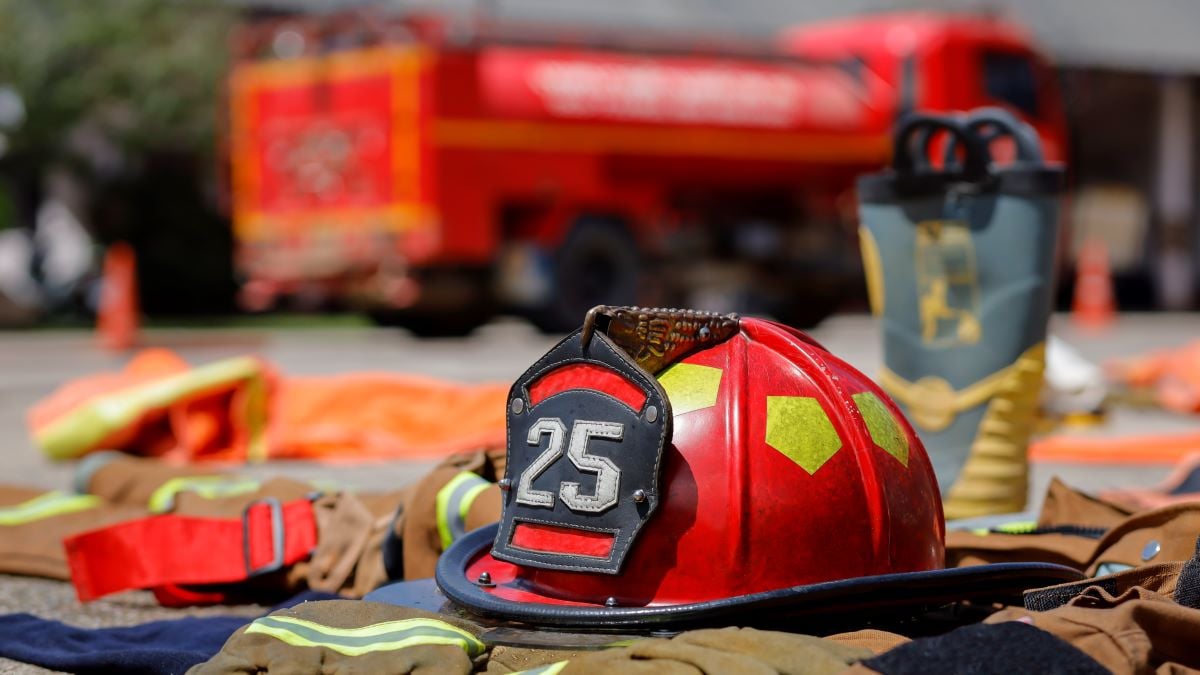
The National Fire Protection Association (NFPA) 101, Life Safety Code, is a widely adopted set of guidelines for the design, construction, and maintenance of buildings and other structures in order to protect people from fire and other hazards.
Scope and Application
NFPA 101 covers a wide range of occupancies, including new and existing buildings, construction projects, and renovations. It establishes guidelines to prevent fire-related incidents, mitigate potential hazards, and facilitate safe evacuation in emergencies. The code addresses aspects such as means of egress, fire protection systems, interior finishes, electrical safety, and emergency planning.
Means of Egress
One of the primary focuses of NFPA 101 is ensuring safe and unobstructed means of egress. It details requirements for exit access, exit doors, exit discharge, and the arrangement and capacity of exits. The code outlines specifications for exit signage, emergency lighting, and other features that aid in the prompt and orderly evacuation of occupants during emergencies.
Fire Protection Systems
NFPA 101 also mandates the installation and maintenance of appropriate fire protection systems, including fire alarms, sprinklers, extinguishers, and suppression equipment. It provides design, inspection, testing, and maintenance guidelines to ensure reliability and functionality during emergencies.
Building Construction and Fire Resistance
The Life Safety Code establishes standards for building construction materials, interior finishes, and structural fire resistance. It covers fire-rated assemblies, barriers, doors, and dampers to prevent the spread of fire and smoke between compartments and maintain safe egress routes.
Emergency Planning
NFPA 101 emphasizes the development and implementation of comprehensive emergency plans. It provides guidelines for drills, fire safety training, and communication systems to ensure effective response and evacuation during emergencies.
Koorsen Fire & Security Professional
The NFPA 101, Life Safety Code plays a vital role in safeguarding lives and minimizing property damage during emergencies. By providing comprehensive requirements and guidelines, the code establishes a solid foundation for the design, construction, and maintenance of buildings, ensuring the implementation of effective life safety measures. To learn more about NFPA 101, contact a Koorsen Fire & Security professional. Furthermore, here are some frequently asked questions and answers regarding NFPA 101:
Q: What is the purpose of the NFPA 101, Life Safety Code?
A: The purpose of the NFPA 101, Life Safety Code is to provide minimum requirements for the protection of life from fire and other hazards associated with the built environment. The code provides guidelines for the design, construction, and maintenance of buildings and other structures to ensure that they are safe for people to occupy.
Q: What types of buildings are covered by the NFPA 101, Life Safety Code?
A: The NFPA 101, Life Safety Code applies to a wide range of buildings, including but not limited to: assembly occupancies, business occupancies, daycare facilities, educational occupancies, health care occupancies, residential occupancies, and high-rise buildings.
Q: How often is the NFPA 101, Life Safety Code updated?
A: The NFPA 101, Life Safety Code is updated every three years. The updates reflect the latest research and best practices in fire safety.
Q: What are some of the key requirements of the NFPA 101, Life Safety Code?
A: Some of the key requirements of the NFPA 101, Life Safety Code include:
- Providing means of egress (such as exits and stairways) that allow people to safely evacuate a building in the event of a fire or other emergency
- Providing fire protection systems (such as sprinklers and smoke alarms) to help contain and extinguish fires
- Providing fire-resistance-rated construction for walls, ceilings, and other building elements to slow the spread of fire
- Providing emergency lighting and signage to help people find their way to safety in the event of a power outage
- Providing fire safety education and training for building occupants.
Q: Who enforces the NFPA 101, Life Safety Code?
A: The NFPA 101, Life Safety Code is enforced by local and state governments, as well as by organizations in the private sector. Building officials and fire marshals are typically responsible for enforcing the code within their jurisdiction.
Q: Is complying with the NFPA 101, Life Safety Code mandatory?
A: The NFPA 101, Life Safety Code is a model code and is not legally binding. However, it is widely adopted by local and state governments and by organizations in the private sector and is often used as the basis for building codes and regulations. Therefore, compliance with the code is mandatory in many areas.


